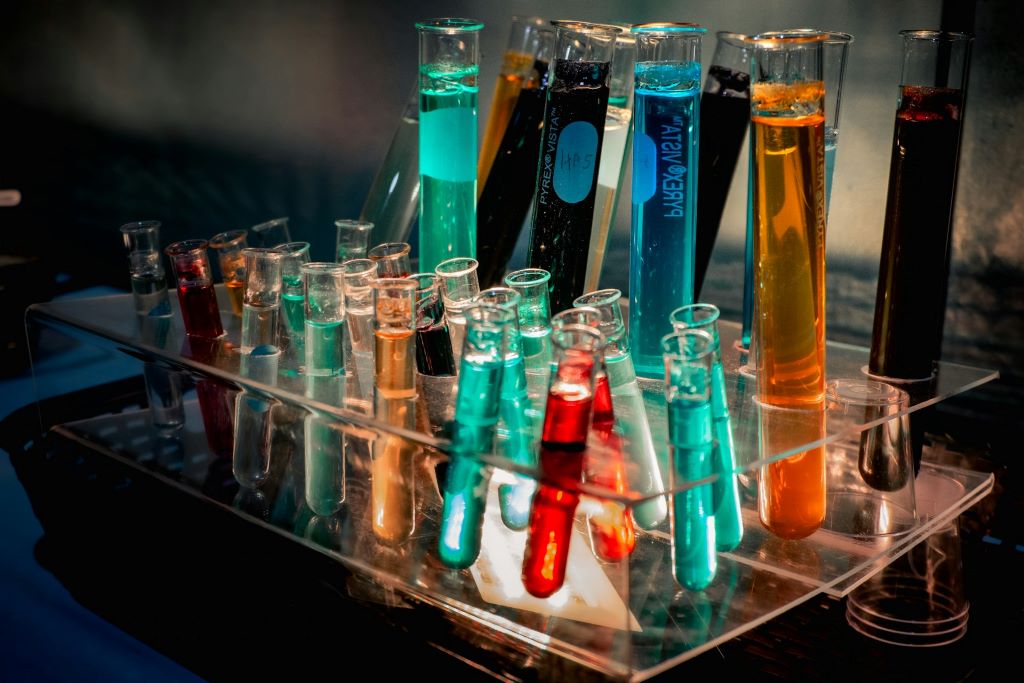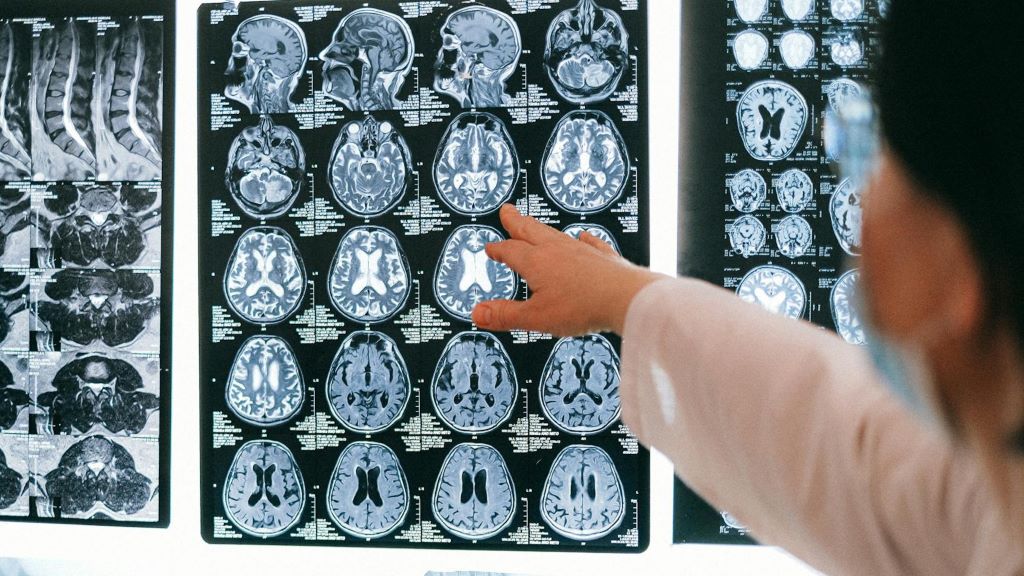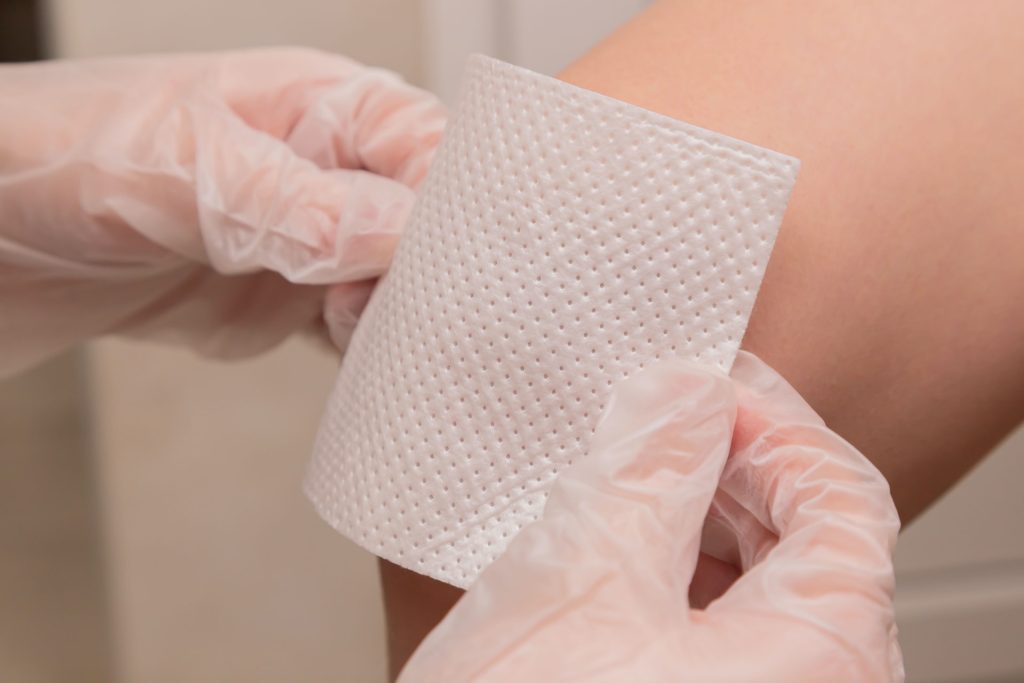PFAS Influence the Development and Function of the Brain

Some per- and polyfluoroalkyl substances (PFAS) are poorly degradable and are also known as “forever chemicals”. They adversely affect health and can lead to liver damage, obesity, hormonal disorders, and cancer. A research team from the Helmholtz Centre for Environmental Research (UFZ) has investigated the effects of PFAS on the brain.
Using a combination of modern molecular biology methods and the zebrafish model, the researchers revealed the mechanism of action and identified the genes involved, which are also present in humans. The test procedure developed at the UFZ could be used for the risk assessment of other neurotoxic chemicals. The study was recently published in Environmental Health Perspectives.
Because of their special properties – heat resistance, water and grease repellence, and high durability – PFAS are used in many everyday products (eg, cosmetics, outdoor clothing, and coated cookware). But it is precisely these properties that make them so problematic. “Because some PFAS are chemically stable, they accumulate in the environment and enter our bodies via air, drinking water, and food”, says UFZ toxicologist Prof Dr Tamara Tal. Even with careful consumption, it is nearly impossible to avoid this group of substances, which has been produced since the 1950s and now includes thousands of different compounds. “There is a great need for research, especially when it comes to developing fast, reliable, and cost-effective test systems for assessing the risks of PFAS exposure”, says Tal. So far, the environmental and health consequences have been difficult to assess.
In their current study, the researchers investigated how PFAS exposure affects brain development. To do this, they used the zebrafish model, which is frequently used in toxicology research. One advantage of this model is that around 70% of the genes found in zebrafish (Danio rerio) are also found in humans. The findings from the zebrafish model can therefore likely be transferred to humans. In their experiments, the researchers exposed zebrafish to two substances from the PFAS group (PFOS and PFHxS), which have a similar structure. The researchers then used molecular biological and bioinformatic methods to investigate which genes in the brains of the fish larvae exposed to PFAS were disrupted compared to the control fish, which were not exposed. “In the zebrafish exposed to PFAS, the peroxisome proliferator-activated receptor (ppar) gene group, which is also present in a slightly modified form in humans, was particularly active”, says Sebastian Gutsfeld, PhD student at the UFZ and first author of the study. “Toxicity studies have shown this to be the case as a result of exposure to PFAS – albeit in the liver. We have now also been able to demonstrate this for the brain”.
But what consequences does an altered activity of the ppar genes triggered by PFAS exposure have for brain development and behaviour of zebrafish larvae? The researchers investigated this in further studies using the zebrafish model. Using CRISPR/Cas9 ‘gene scissors’ the researchers were able to “selectively cut individual or several ppar genes and prevent them from functioning normally”, explains Gutsfeld. “We wanted to find out which ppar genes are directly linked to a change in larval behaviour triggered by PFAS exposure”. Proof of the underlying mechanism was directly provided. In contrast to genetically unaltered zebrafish, the knockdown fish in which the gene scissors were used should not show any behavioural changes after exposure to PFAS.
The two behavioural endpoints
In one series of experiments, the researchers continuously exposed zebrafish to PFOS or PFHxS during their early developmental phase between day one and day four and in another series of experiments only on day five. On the fifth day, the researchers then observed swimming behaviour. They used two different behavioural endpoints for this purpose. In one endpoint, swimming activity was measured during a prolonged dark phase. PFAS-exposed fish swam more than fish not exposed to PFAS, whether continuously exposed to PFAS during brain development or shortly before the behaviour test. Interestingly, hyperactivity was only present when the chemical was around. When the researchers removed PFOS or PFHxS, hyperactivity subsided. In the second endpoint, the startle response after a dark stimulus was measured. “In zebrafish exposed to PFOS for four days, we observed hyperactive swimming behaviour in response to the stimulus”, says Gutsfeld. In contrast, zebrafish only exposed to PFOS or PFHxS on the fifth day did not have a hyperactive startle response.
Based on these responses, the researchers conclude that PFOS exposure is associated with abnormal consequences – particularly during sensitive developmental phases of the brain. Using knockdown zebrafish, the researchers identified two genes from the ppar group that mediate the behaviour triggered by PFOS.
“Because these genes are also present in humans, it is possible that PFAS also have corresponding effects in humans”, concludes Tal. The scientists working with Tal want to investigate the neuroactive effects of other PFAS in future research projects and expand the method so that it can ultimately be used to assess the risk of chemicals in the environment, including PFAS.











